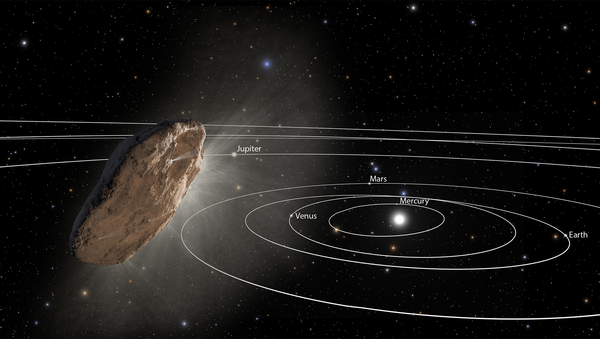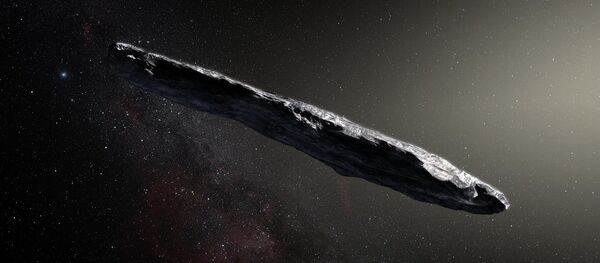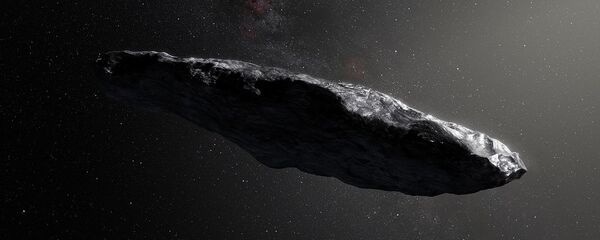The paper, uploaded to the ArXiv preprint repository on November 29 by Amir Siraj and Abraham Loeb of the Harvard University Department of Astronomy, bases its assumptions on the curious group of interstellar objects called Centaurs.
Centaurs are bizarre objects that behave a bit like comets but also a bit like asteroids, making their namesake — mythical half-man, half-horse creatures — appropriate. The largest, dubbed 10199 Chariklo, is about 250 kilometers in diameter, making it a minor planet (it even has rings!), but most are probably too small to be seen by telescopes, Futurism.com explains.
Because Centaurs follow highly eccentric orbits, astronomers believe the objects arrived at their present locations — mostly between Jupiter and Neptune — after migrating there from the fringes of the solar system. However, Siraj and Loeb argue that if any objects in the solar system are captured interstellar objects, they're probably Centaurs. In fact, their findings identify four possible candidates.
First, the scientists developed a simulation of just what the sun capturing a rogue asteroid would look like, such as what kind of orbit the object might acquire once ensnared by our star's massive gravity. By sorting through the International Astronomical Union's database of asteroids, comets and other small solar system objects, they found objects whose orbits matched what their simulations predicted.
The scientists estimate that roughly 6,000 ‘Oumuamua-sized interstellar objects are trapped in the solar system, of which roughly 350 should be identifiable due to their Centaur-like orbits.
"We find that four known objects have orbital parameters indicating their possible interstellar origin: 2011 SP25, 2017 RR2, 2017 SV13 and 2018 TL6," the paper says. "Out of the entire population of trapped interstellar objects, we estimate that there are ∼ 66 interstellar objects, ranging in diameter from ∼ 100 m to ∼ 10 km, detectable by LSST."
The LSST, or Large Synoptic Survey Telescope, is presently under construction high in the Chilean foothills and will be used to identify asteroids and comets that might pose a threat to Earth. Effectively the world's largest digital camera, the LSST will map the entire night sky every three nights for 10 years after it starts up in 2022, identifying 90 percent of near-Earth objects bigger than 140 meters across by the time its mission is complete, Sputnik reported.
Siraj and Loeb believe the LSST will be a capable enough skywatcher to identify Centaurs with the orbital characteristics they've concluded will give away their interstellar origins.
Loeb, who also goes by the nickname Avi, has come under fire in recent weeks for suggesting that ‘Oumuamua, which passed close to Earth earlier this year, could reasonably be suspected to be a constructed alien spacecraft. Despite jeering from academic circles, Loeb's stuck to his guns, calling out his fellow scientists for closing their minds to observation-based possibilities, being unwilling to take the risk of being wrong and damaging their credibility as a result.
"By doing so, they betray the purpose of their profession," Loeb told Ars Technica last week, Sputnik reported. "The tenure process is aimed at allowing you the freedom of coming up with your own conclusions, and therefore, if people have a problem with this idea, they should come up with a specific alternative interpretation of the extra push that ‘Oumuamua has, rather than calling names or saying things without scientific context."




